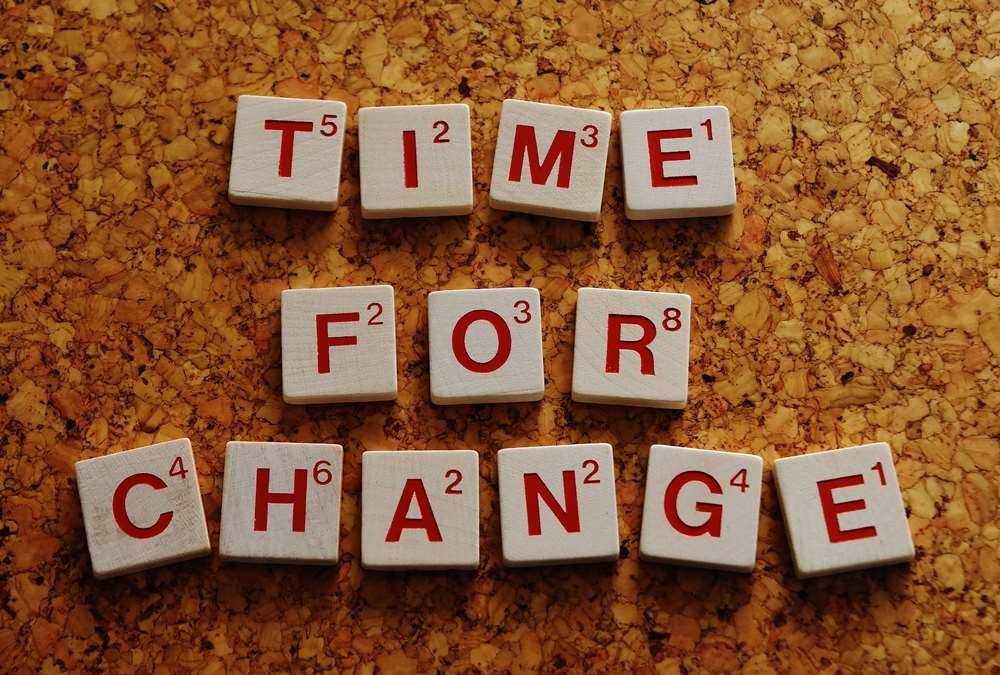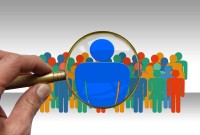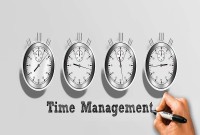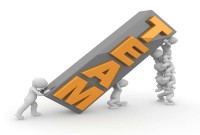- Home
- Business Processes
- Industry Knowledge
- Aerospace Industry
- Automotive Industry
- Banking Domain
- BFSI Industry
- Consumer/ FMCG Industry
- Chemicals Industry
- Engineering & Construction
- Energy Industry
- Education Domain
- Finance Domain
- Hospitality Domain
- Healthcare Industry
- Insurance Domain
- Retail Industry
- Travel and Tourism Domain
- Telecom Industry
- Leadership Skills
- eLearning
- Home
- Leadership Skills
- Career Management
- Change is the Only Constant
Change is the Only Constant
In our present Hitech scenario, society is changing very fast. What are the skills that are most relevant for leaders in relation to the changing economic environment? Leaders need to develop skills to drive innovation and change in order to play a more central role in their organizations’ activities. How do managers accept the change and meet business expectations by becoming a key figure in driving change and innovation?
Change is Happening Every Minute
The ancient Greek philosopher Heraclitus once observed that you could never step in the same stream twice. While you can dip your foot in the water again, the stream itself is an ever-changing entity. The old water has slipped past and, though the stream may appear placid, in reality, it is continually evolving. You all know that the stream changes all day, every day. You might say it changes twenty-four cross seven,” every passing second.
If you look around, you will find that ten years ago the face of the world was quite different from what we are familiar with today, and ten years from now, the world will be totally different from what it is today. The same principle is applicable to each and every being. This is because change is a natural, universal, and inevitable social phenomenon. If one wants to know at what rate society is changing, the correct answer will be at the click of the mouse. Change, since time immemorial, has affected each and every aspect of human life, whether it is a lifestyle, food habits, thought processes, language, art, relationship, religion, family, marriage, systems of society (political, economic, legal, and administrative), etc. What is important to note is whether the change is leading towards a positive end or not. Is change helping society in extension or development, or is the outcome just the reverse?
Concept of Social & Cultural Change
We need to understand that there are two types of processes that work in society - one which sustains the social system, and, the other, which brings about change in the system.
The first process may be termed, conformity, or, status quo.
The latter may be called the process of cultural and social change. In simple terms, change denotes a difference in anything observed over a period of time. Similarly, social change means observable differences in any social phenomenon over a period of time, and cultural change means observable differences in any cultural phenomenon over a period of time.
Meaning of Change
The dictionary meaning of change as a noun is making or becoming different, different from the previous state, the substitution of one for another variation, etc. Change as a verb means to undergo change, to make or become different. Change essentially implies dissatisfaction with the old and the urge for the new. Change underlies a qualitatively different way of perceiving, thinking, and behaving to improve over the past and existing practices.
The Characteristics of Change
After understanding the definition of change it is also very important to understand the nature and characteristics of change. The main characteristics of change are given below
- Change can be seen as continuous and intrinsic to an organization or as extrinsic and discontinuous.
- Change can be patterned and predictable or complex and unpredictable.
- Change is dual or bipolar.
- Continuity without change leads to stagnation, frustration, and boredom in individuals and ambiguity, conflict, and degenerative pathology in individuals and organizations.
- Many times, the rate of change is faster than our ability to comprehend and cope with it.
- Change is universal
- The speed and rate of change are relative, it differs from society to society, and from time to time.
- Social change is community change, which occurs in the life of the entire community.
- Change is a law of nature. It is natural. It can occur either in the natural course, or, as a result of planned efforts.
- One change can lead to many changes in a chain-reaction sequence.
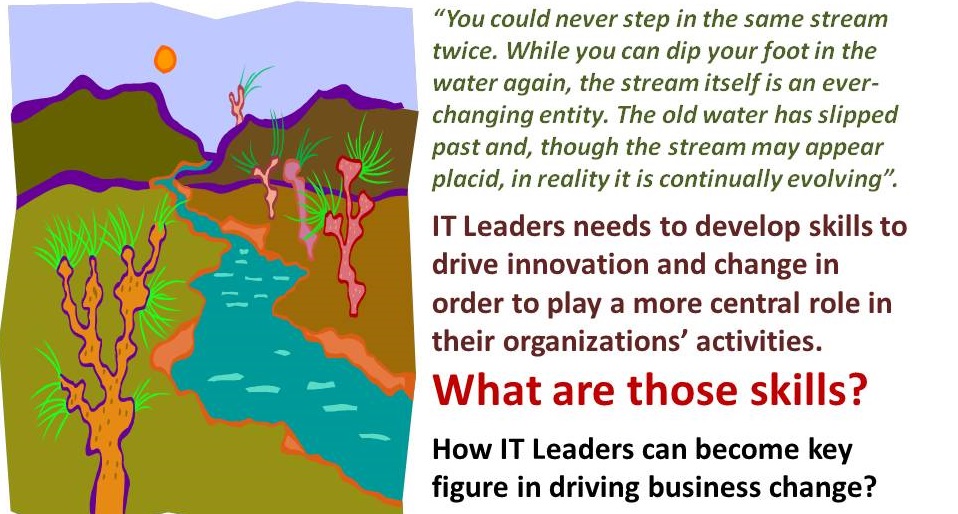
The Meaning of Organizational Change
The term "change" refers to any alteration which occurs in the overall work environment of an organization. According to Robbins change means making things different. We are familiar with changes brought about by the twin phenomena of liberalization and globalization in all walks of life. The banking sector has adapted to the emerging scenario very fast. And the power sector is now beginning to respond to these trends. Change results from the pressure of forces, which are both inside and outside the organization.
Internal Forces
Change is continuous and intrinsic to an organization: There are changes in an organization that are minute in nature but take place continuously. An organization may be perceived as being in a state of flux (like the universe) and the elements of its systems and sub-systems always undergo subtle changes (incremental changes). Certain changes occurring inside the organization are very minute and their impact is hardly felt.
External Forces
Change as extrinsic and discontinuous: Organisations are perceived as normally stable and change is perceived as disruptive, forcing organizations to modify, restructure, or reconfigure. A few changes are cataclysmic in nature, giving the organization barely any time to cope with them. These are almost like natural calamities such as earthquakes, cyclones, etc. in their impact. Some organizations may handle changes in a creative manner or make drastic changes in their strategy and direction to emerge out of this turbulence whereas others may get lost in it.
The external forces like technology, nature of work, economic shocks, competitions, social trends, and politics necessitate a change in the internal organization. In some way or the other change influences, the whole organization as the subunits or various departments in an organization are interrelated and interdependent.
Usually, there are many changes occurring simultaneously in an organization. An effective management technique is thus required in order to deal with the changes.
Related Links
You May Also Like
-
Collaborative leadership is all about collaborative problem-solving and decision-making or can also be defined as the leadership of a collaborative effort. . The term started to appear in the mid-1990s in response to the formation of long term public-private partnerships to rebuild public infrastructure. Learn how you can use principles of collaborative leadership to enhance your leadership skills for being an effective leader.
-
Team Development by Building Trust
As your team begins to work together, you need to establish a way each team member can exchange ideas and build mutual trust. Successful groups are built on trust and collaboration. A free exchange of ideas, in an open environment, will allow your team to get to know each other and enable you to check on how they work together. Learn some tips to help build team trust and establish personal bonds.
-
Participative leadership is one of the most effective styles and creates higher productivity, better contributions from group members, and increased group morale. The democratic leadership style consists of the leader sharing the decision-making abilities with group members by promoting the interests of the group members. Learn more about this leadership style and situations when it is effective.
-
In today's innovation-driven economy, understanding how to generate great ideas has become an urgent managerial priority. Managers need to encourage and champion ideas and need to help their organizations incorporate diverse perspectives, which spur creative insights and facilitate creative collaboration by harnessing new technologies. Innovation is the embodiment, combination, and/or synthesis of knowledge in original, relevant, valued new products, processes, or services.
-
A good leadership style is something that every effective leader must have in order to succeed, but identifying what that entails or does not entails might be difficult to understand. Most of the research on leadership focuses on the exemplary, best practices, and positive attributes of effective and successful leaders. This article talks about a new approach to learn leadership using lessons from bad leadership. That is the lessons to be learned by examining leaders who have not effectively exercised their power, authority, or influence.
-
Storming Stage of Team Development
Storming is the second stage of team development and this stage is characterized by a bid for power and inter-personal conflicts. Learn the key factors that occur in the storming stage and the strategies that a team leader can adopt to pass this stage of high winds
-
Time management is the process of planning and exercising conscious control of time spent on specific activities, especially to increase effectiveness, efficiency, and productivity. The best time management techniques improve the ways you work. Time management refers to managing time effectively so that the right time is allocated to the right activity. Learn more about the five steps for effective time management viz. study, identify, analyze, decide, and implement.
-
Change is a complex phenomenon. There are different types of changes that are going on around us. Listed in this article are twelve areas in which change arises and bring some classification to it. However one may classify the change, the various heading is always interrelated. The change could be triggered by market changes, technological changes, or organizational changes.
-
Team Foundation in Forming Stage
This is the first stage of team development. This is the stage when the foundation of the team is laid. During the Forming stage, team members have a high dependence on their leader for guidance. Learn the practical strategies you can use during this stage to help your team develop into a highly effective performing team.
-
Symbolic Interaction and Social Change
George Herbert Mead, an American philosopher, affiliated with the University of Chicago founded the theory of symbolic interactionism. A major aspect of this is that people interact by symbols both verbal and non-verbal signals and every interaction makes a contribution to the mental make-up of the mind thus every interaction with someone, changes you and you go away a different person signifying that humans and change go together.
Explore Our Free Training Articles or
Sign Up to Start With Our eLearning Courses

About Us
Learning
© 2023 TechnoFunc, All Rights Reserved
